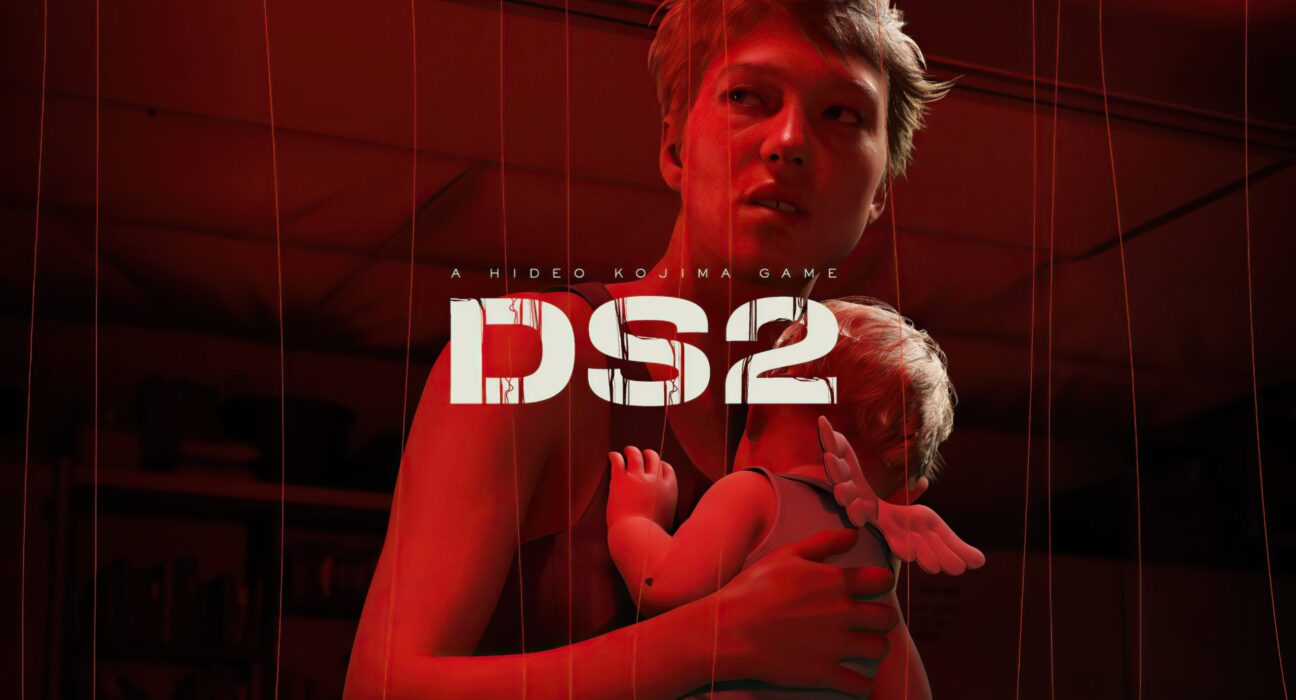In the digital realm where pixels converge to create vivid worlds, a debate rages on whether video games should come with content warnings. Specifically, the discussion centers around Hideo Kojima’s latest creation, Death Stranding 2: On The Beach.
At the heart of this debate is an impassioned plea by Josh Broadwell from Polygon, who argues that certain scenes in Death Stranding 2 warrant more than just the standard Mature rating it received. According to Broadwell, a particular moment involving graphic violence towards a child and attempted suicide could be triggering for some players.
“It desperately needed content warnings,”
Broadwell asserts, emphasizing the importance of preparing players for potentially distressing content. He points out how another game released in the same year, Clair Obscure: Expedition 33, approached this issue with mixed results.
“Content warnings don’t have to be extensive…the more notice a developer draws to it, the worse of an impact it can have,”
Broadwell notes. He highlights how Clair Obscure’s upfront warning about sensitive themes ended up disrupting the game’s narrative flow rather than enhancing player experience.
The conversation delves deeper into how different games handle content warnings. Expelled is praised for its methodical approach of providing players with an easily accessible list of potential triggers within the game interface. This contrasts sharply with Clair Obscure’s clunky implementation that detracts from the overall gameplay immersion.
As opinions clash over the necessity and effectiveness of content warnings in media, broader questions emerge about their societal implications and psychological impacts on viewers and gamers alike.
On one side of the spectrum are advocates for trigger warnings as essential safeguards for individuals who may have undergone traumatic experiences in their lives. They argue that such alerts offer a layer of protection against unexpected exposure to distressing content like rape or suicide scenes.
However, critics raise valid concerns about trigger warnings potentially reinforcing trauma identities and hindering therapeutic progress for those dealing with PTSD. Research suggests that avoiding triggers can worsen PTSD symptoms rather than alleviate them, creating a complex dynamic between protection and inadvertent harm.
The evolution of content warnings across various forms of media reflects shifting cultural norms and expectations regarding sensitive portrayals of race, gender, and trauma. From Disney’s revised statements on older animated features to modern-day debates over video game disclaimers, there is a constant push-and-pull between acknowledging past insensitivities while preserving artistic integrity.
Ultimately, the question remains: do content warnings serve as necessary signposts for emotional safety or do they inadvertently impede personal growth and healing? As technology continues to blur the lines between reality and virtuality, finding a delicate balance between cautionary measures and creative expression becomes increasingly crucial in shaping our digital landscapes.

